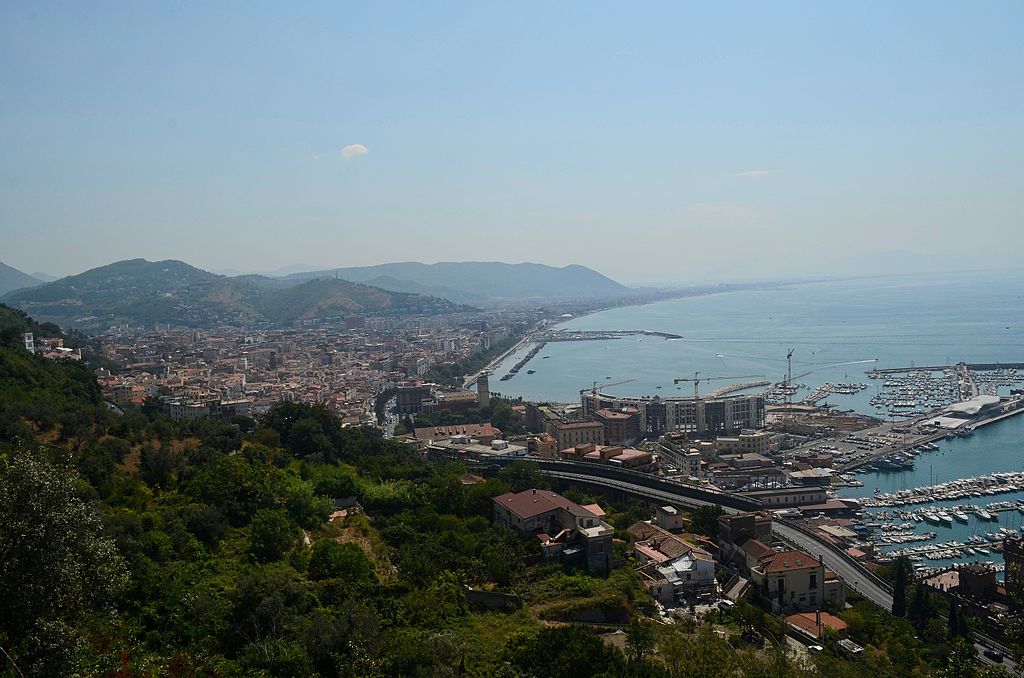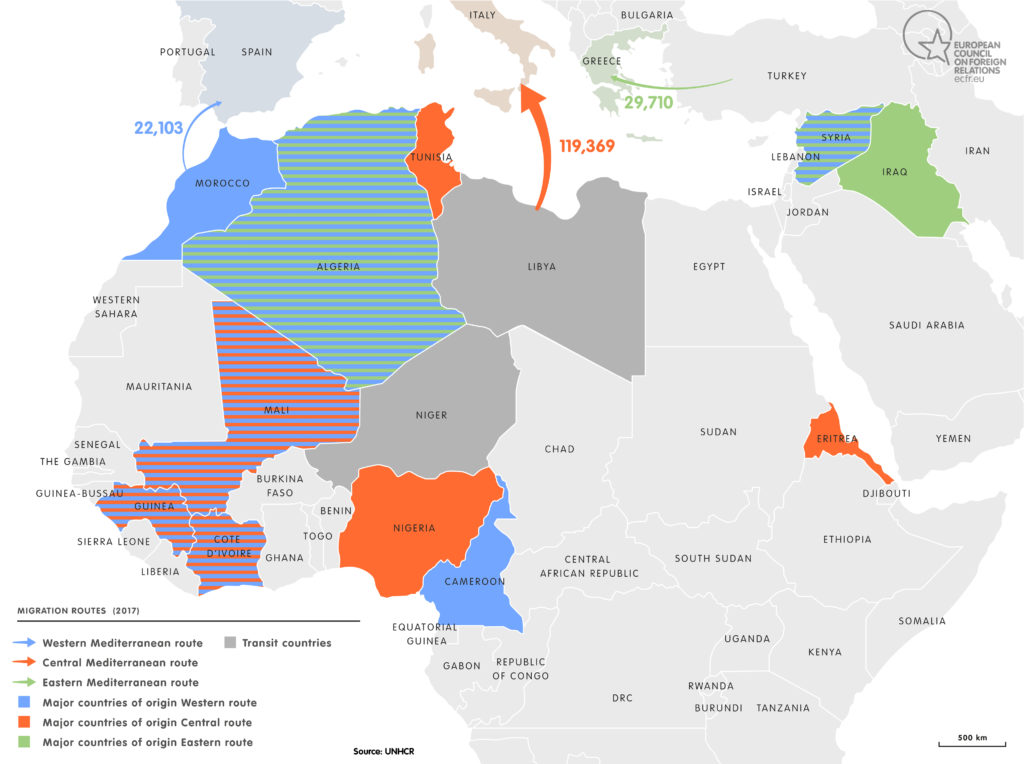When thinking of the Italian coast, beautiful beaches with clear water and colorful towns comes to mind. The Italian coast is a place of relaxation and restoration. From celebrities to locals, people flock to the coast to enjoy its beauty. Massive yachts sail across the ocean and cruise ships are docked in ports across the coastline. There are hundreds of articles raving about the beauty of the Italian coastline. Not only are there stunning sights to see, but the area is rich in history. There are Roman villas, ancient cathedrals, and towns that have lasted thousands of years. The coastline has been an important area for trade across the Mediterranean and Northern Africa from the Romans to the medieval world.

While the first thoughts related to the Italian coast is of its beauty and dramatic history, the sea carries more than sailboats out for holiday. The Mediterranean Sea is a point of crossing for many people seeking refuge. Coming from North Africa, refugees head to the Italian coast for a chance to start a new life. A refugee’s journey is not easy. It is filled with dangers from sexual abuse, starvation, exploitation, and even death. For twenty-six refugee girls, the Italian coast did not carry the scenes of a happy holiday, but of their last moments.
Many refugees fleeing poverty, lack of economic opportunities, or war travel from North Africa to the Mediterranean. Refugees travel to Libya in order to cross the sea to Italy. The crossing is dangerous. Many people travel in unsafe conditions in boats not meant to hold more than a few people. Smugglers send people off to the sea in unseaworthy boats, and many girls are at risk of being sold into sex trafficking. Every year, around 160,000 people cross the Mediterranean for refuge. People are willing to take these risks in the hopes of having a better life and more opportunities.

In 2017, twenty-six girls were found dead in the Mediterranean Sea. The girls drowned when their boat hit rough water. Oftentimes, girls are more at risk for drowning when crossing the sea as many girls are not taught to swim. The young girls were from Nigeria and were approximately fourteen to twenty years old. The girls had no identification, and to this day, not much is known of their lives. For one girl, her story is being told by her brother Osazuwa. Osato Osaro and her younger brother left Nigeria looking for jobs and a new future. Osato had trained to be a nurse and wanted to continue nursing in Europe. Together, they made a multi-month, thousands of mile trip together facing extreme conditions. They faced brutal treatment, and when Osato died, she was three months pregnant. Her story is just one of many.
Now the twenty-six girls rest in Salerno, Italy, a town founded in 194 BC by the Romans. It is known for its castle and is a popular tourist spot. For these girls, however, they will never experience the popular sites in the town. Instead of a new life, these girls found brutality and death. Every day, refugees continue to hope for a new life and set out on a journey to hopefully find it. Young girls’ risk everything for a new life, but where will they find it?
For more information on the refugee crisis in the Mediterranean: https://www.ecfr.eu/specials/mapping_migration
-Rebekah Mills , Junior Girl
This post is part of our Sites of Girlhood project. Click here to learn more.
